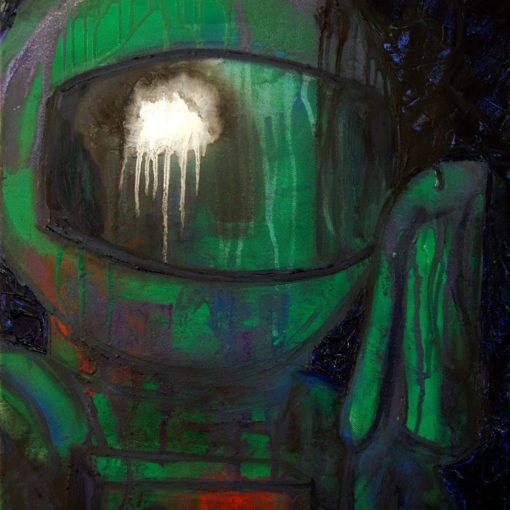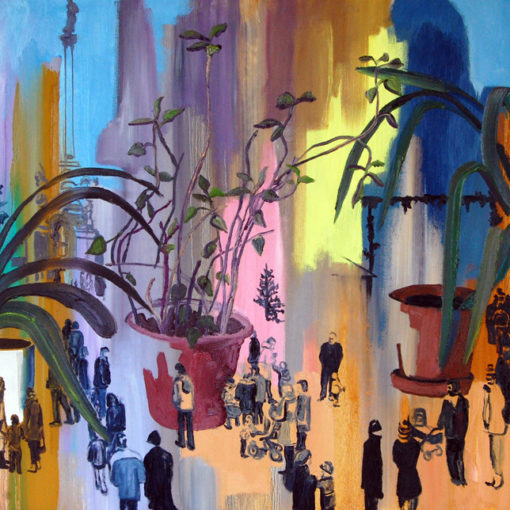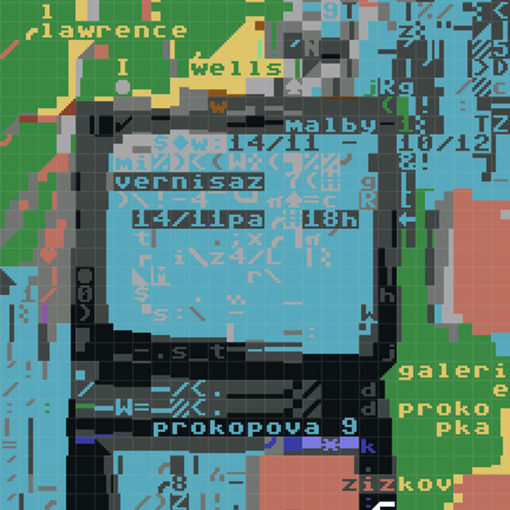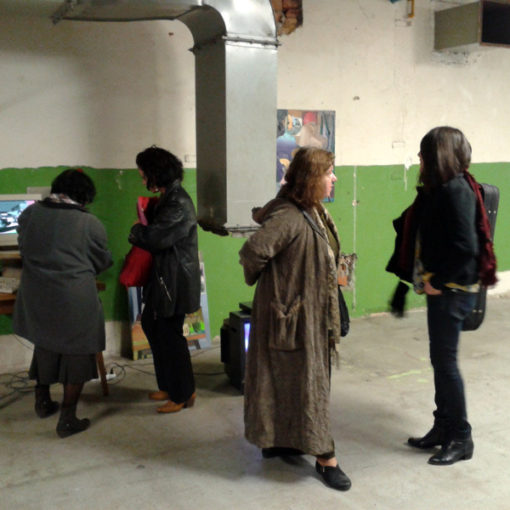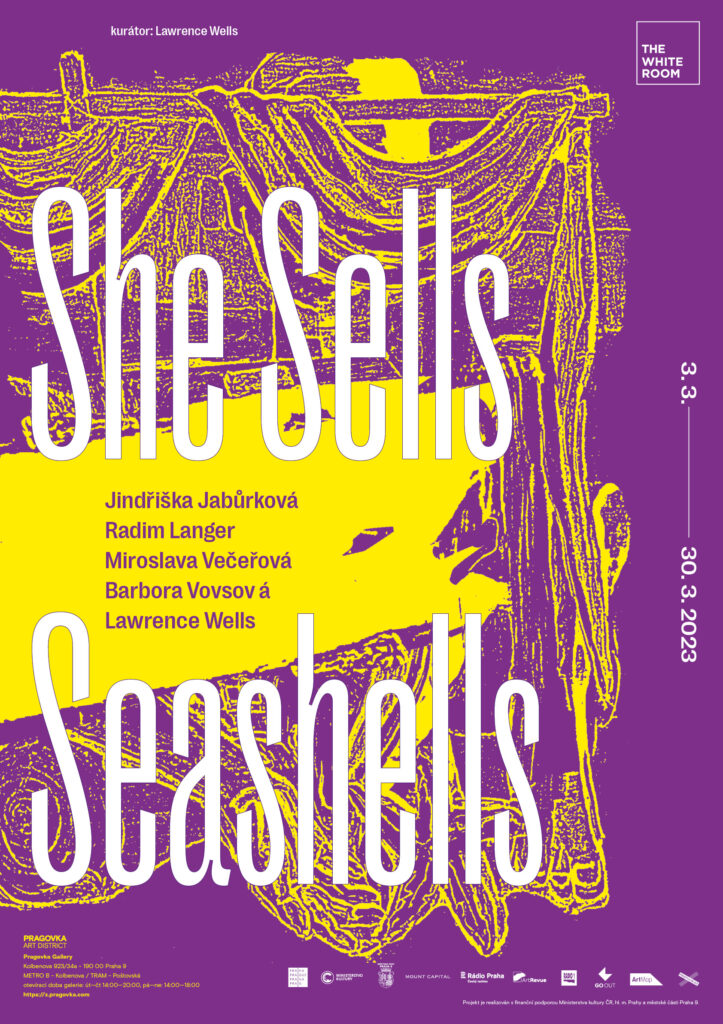
Pragovka Gallery and The White Room invite you to a group exhibition She Sells Seashells (3 March – 30 March 2023, The White Room).
Curator: Lawrence Wells
Exhibiting Artists: Jindřiška Jabůrková, Radim Langer, Miroslava Večeřová, Barbora Vovsová, Lawrence Wells
She Sells Seashells
‘To look at the sea is to become what one is’ – Etel Adnan
In The Winter’s Tale, Shakespeare famously placed the Czech lands by the ocean with long rocky coasts to explore. The fantasy of the sea, due to its absence, inhabits a space in the Czech imagination that longs to travel, to escape, like the poet Konstantin Biebl, for example, to distant shores “on the ship bringing tea and coffee”. Seashells and exotic objects are visitors from faraway lands. We collect them as they evoke worlds beyond our everyday lives. Hold a shell to your ear and you hear the distant sea rushing in your veins. That ocean is inside us and we map its depths in our dreams.
Seashells are beautiful treasures built instinctually by mollusks. In form, they resemble both female and male genitalia, reflecting the erotic vitality of nature. And yet, like bones, shells are the skeletal homes of dead creatures, made of calcite. They are a key aspect of the carbon cycle, the circulation of this primary element enabling life on Earth. Many seemingly static materials produce their own agency in humans and other species which are vital to our continuing coexistence. And yet these cycles are under threat due to rapid industrialization, the economic resistance to decarbonization, and mankind’s inherent blindness. The oceans, unable to store more carbon, become acidic, endangering biological diversity.
Informed by natural processes, this exhibition contains both representational and abstract poetic responses to the current moment, full of crises, in which we struggle to find a post-human solution to halt or even reverse the effects of the anthropocene. Like mollusks, we filter elements of the environment, both physical and psychic, to build objects that we leave behind after we die. We spread out like archipelagic constellations, island hopping from one world to the next. We walk Shakespeare’s coasts of Bohemia discovering treasures cast up from the depths.
Jindriska Jaburkova’s (1995) work is primarily related to the transformational processes of the material world and how they reflect psychic and symbolic states. Her site-specific installations work with entropic, cyclical aspects of matter which appear degraded, yet also suggest rebirth and renewal. Barbora Vovsova’s (1991) works with pigmented plaster, carved stone, wood and glass, in which she constructs intricate and life-affirming net-like structures based on cellular organelles. At times, the pieces resemble fossils or antique reliefs, harking back to the primal creation of life itself. Working with ancient myth, sacred geometry, and aquatic realms, Radim Langer’s (1985) paintings act as meditations on life’s rich mystery, combining motifs such as flower blossoms, starfish and octopuses together with geometrical patterns. Miroslava Vecerova’s (1985) response to ecological wounds demands an ecofeminist rebalancing which she evokes in her multidisciplinary work combining performance, sculpture, drawing, and photography. In her Fossils from the Future series, the spirits of stone and sea awaken, chthonic and powerful presences revealing cosmological feminine energies. Lawrence Wells’s (1965) poetic memento mori of shells, computer parts, and human limbs suggest some essential data link has been cut. Enveloped by digitality, we are unable to find connection to the natural world. Systems of knowledge erode against the beating of the waves and lives are scattered like debris on the shore.
